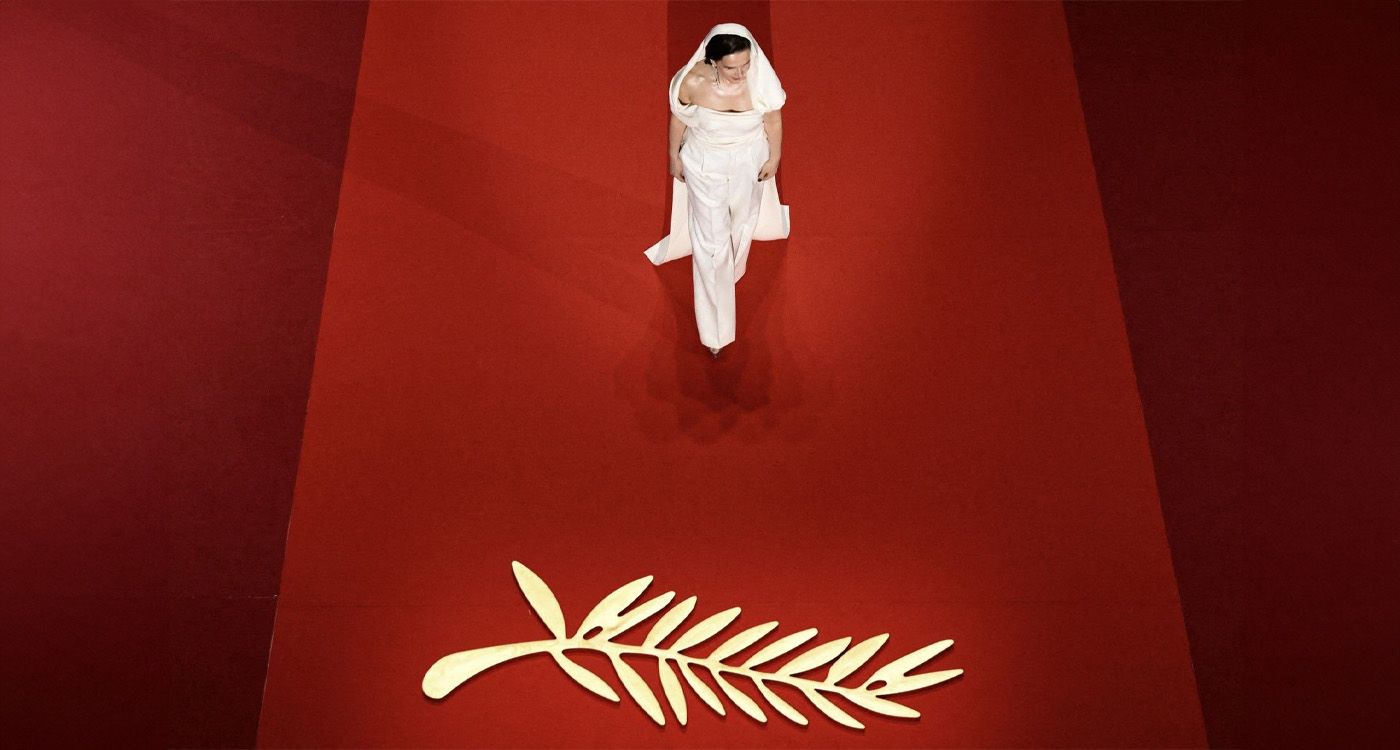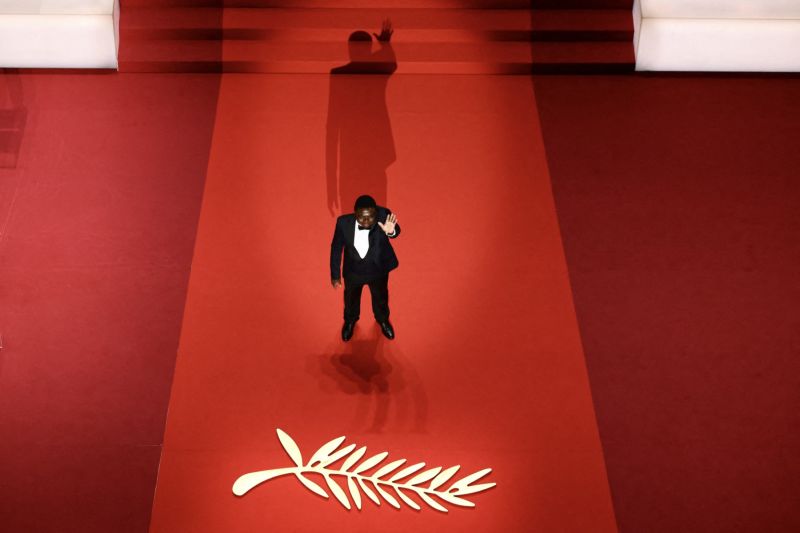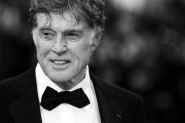
Before the lights dim and the films roll, another performance unfolds—silent, subtle, and endlessly scrutinized. On the Cannes red carpet, every movement matters. Words may be scarce, and silences can speak louder than any speech.
Yet, there are the gowns. The flashbulbs. The practiced smiles and impeccable poses. But that’s only the surface. Beneath the glamour lies a quiet choreography, a visual language made of gestures and body language, whispered like a secret to those who know how to watch.
Each appearance on the Croisette is a delicate balance between instinct and intention. When Kristen Stewart slipped off her heels on the stairs in 2018, it wasn’t just about comfort—it was a statement. A reminder that elegance and autonomy can coexist. When eyes met—as they did this year between Jeremy Strong and Leïla Slimani—a story was already being told: of mutual respect, or perhaps a brewing tension. The truth lies in the margins.
No two ascents are ever quite the same. A barely-there brush of a hand, a turned head, a nod withheld—these tiny, near-invisible acts form the real narrative of Cannes. Moments that pass unnoticed in the rush of live coverage are later replayed, slowed down, interpreted like scenes from a film.
There is no script on the red carpet — yet the story is written all the same.
Wordless Moments
There’s a language on the red carpet that doesn’t need sound. The attentive eye catches what the cameras often miss: an actress adjusting her dress — not out of vanity, but to calm an unease. A director tilting her head to the sky, seeking a breath of air under the blaze of flashbulbs. An actor smiling faintly, his eyes quietly scanning for something solid. These small, nearly invisible gestures speak a truth that ceremony tries to conceal.
Juliette Binoche, president of the jury, steps down the staircase with her gaze lowered, one hand resting lightly on her hip. There’s nothing stiff in her posture—only a presence that says, “I’m here, but on my terms.” Her slow pace invites the crowd to look differently, more patiently.
Others lean fully into the performance. Eva Green pauses mid-step, turns, shares a word with a director—but the moment is clearly for the photographers. She’s in control. This isn’t ego; it’s artfully staged presence.
And once in a while, something unscripted happens. Picture a dog casually crossing the red carpet during the screening of The Chronology of Water. Security pauses, the crowd chuckles, the mood lightens. Just like that, the polished illusion cracks—and something real comes through.

Congolese director and jury member of the 78th edition of the Cannes Film Festival, Dieudo Hamadi, waves as he takes the stage during the opening ceremony. ©Antonin THUILLIER / AFP
The Jury Members, Too, Play Their Part
Carlos Reygadas, always a bit on the sidelines, seems to prefer climbing the steps at his own pace. He observes more than he engages. Jeremy Strong walks with purpose, almost stiffly, as though already donning the role of the serious, attentive juror. His silence sometimes carries more weight than his actions.
The red carpet is a place where everyone is visible, but only a few are truly noticed. It’s here that gestures take on a life of their own. A hand slipping into a pocket, a subtle shrug of the shoulders, a step that lingers—these small movements speak louder than any words, helping their owners hold onto their individuality within an impeccably tuned machine.
Every evening brings a shift in attitude. Bodies evolve into messages, telling stories without a single word. Women in flats, men in colorful suits. Some follow the rules, others bend them, pushing boundaries just short of excess. But all of them are trying to say something.
These micro-scenes on the red carpet are not trivial. They expose the delicate dance between the image that’s expected and the need for self-expression. Between the obligation to show up because it’s Cannes, and the desire to maintain a sense of self. Every gesture whispers: I am more than what you expect me to be.
At times, cinema begins even before the film. In the silence of the steps. In the visual drama that photographers capture, even if they don’t fully grasp it. In a perfectly tailored suit, a fleeting glance. It’s a language. And at Cannes, this language is everywhere, waiting to be understood.
On the red carpet, what matters most isn’t spoken—but performed, akin to another way of making cinema.






Comments